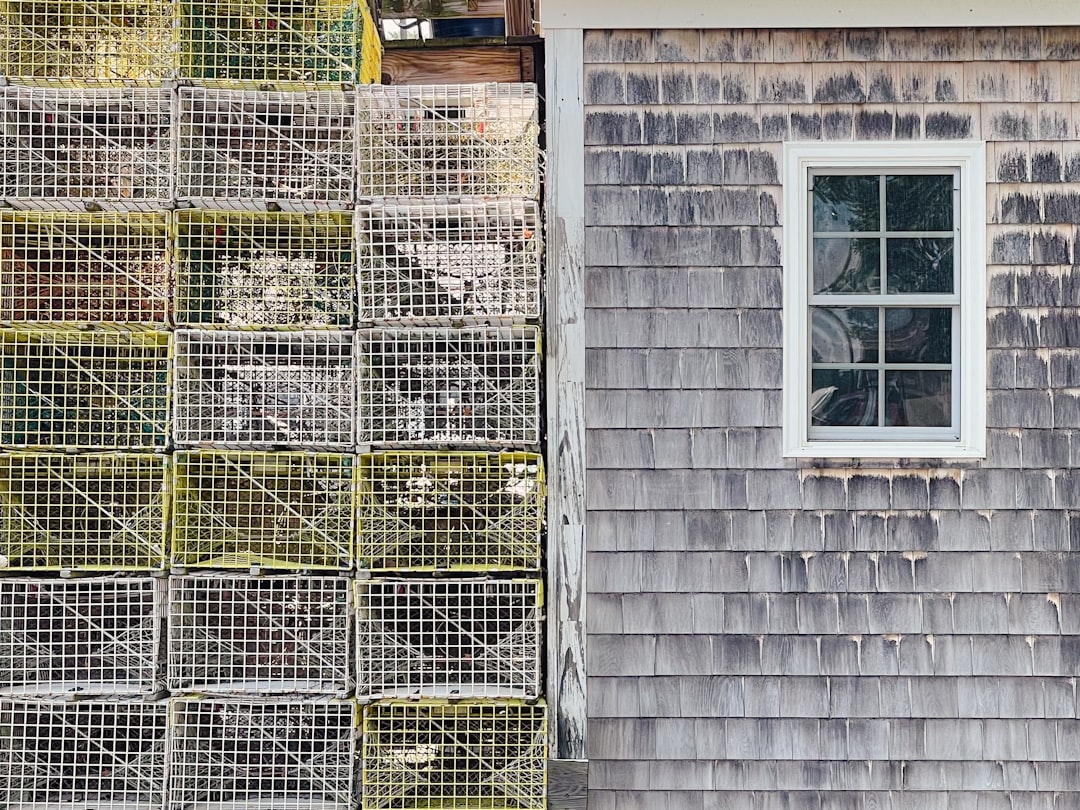
For construction professionals in Portland, Maine, accurate tile installation estimates are crucial. Costs can range from $650 to $1,200 per opening, depending on materials and labor. Misjudging square footage or labor hours can lead to budget overruns and project delays. CountBricks provides real-time, voice-driven estimates that align with local Portland tile pricing and project scope.
1. Describe the project: Provide room dimensions, substrate conditions, and tile preferences.
2. Real-time data: CountBricks accesses live supplier feeds for Portland-area tile pricing.
3. Blueprint analysis: Upload floor plans for precise calculations of square footage and waste.
4. Labor rates: Incorporate local installer wages, overtime, and travel time.
5. Proposal generation: Create a detailed PDF with costs, timelines, and payment schedules.
• Accurate pricing with current supplier data
• Quick approvals with digital signatures
• Detailed cost breakdowns for materials and labor
• Confidence in scheduling with seasonal adjustments
Porcelain is preferred for its low water absorption, ideal for Maine's climate. Prices range from $3.75 to $6.00 per square foot, while ceramic averages $2.25 to $3.50.
• Slate offers a rugged look but requires regular sealing.
• Marble is elegant but needs a stable substrate.
• Travertine adds warmth but must be filled to resist salt.
1. Substrate preparation: Check moisture levels and specify backer boards.
2. Layout planning: Minimize cuts with digital layouts.
3. Thin-set application: Calculate mortar needs accurately.
4. Tile setting: Use spacing and leveling tools for precision.
5. Grout and seal: Schedule curing and sealing times.
6. Final inspection: Generate a punch-list and finalize invoicing.
To stay under $15 per square foot, make strategic choices:
• Choose porcelain that mimics marble.
• Use standard tile sizes to reduce waste.
• Opt for metal trim instead of bullnose.
• Keep layouts simple to avoid costly cuts.
A 210-square-foot kitchen project initially estimated at $8,500 was completed for $8,120 using CountBricks. Costs included $2,150 for heating systems, $3,485 for tile, $1,750 for labor, and $735 for demolition. The project finished ahead of schedule.
• Efficient data entry with voice commands
• Reduced change orders with AI alerts
• Seamless invoicing with QuickBooks integration
• Professional documentation for clients
Streamline your Portland tile projects with CountBricks. Visit CountBricks.com for sample estimates or book a demo to see real-time numbers.

CountBricks data shows a typical 55% material and 45% labor cost split in Portland tile installations. Understanding this helps contractors optimize budgets without sacrificing quality.
• Tile: Switching from premium to regional lines can save significantly.
• Prep products: Essential for damp areas, averaging $1.20 per square foot.
• Sundries: Include spacers and trims in estimates to avoid surprises.
• Complex patterns increase labor hours by 20%.
• Small tiles double grout lines, adding labor time.
• Off-season scheduling can reduce labor rates by 5-8%.
• Lock in prices quickly to avoid increases.
• Combine tasks to spread fixed costs.
• Use leftover materials for small projects.
Smart budgeting with CountBricks ensures clarity and quality in every Portland tile project. Visit CountBricks.com to start your next project.